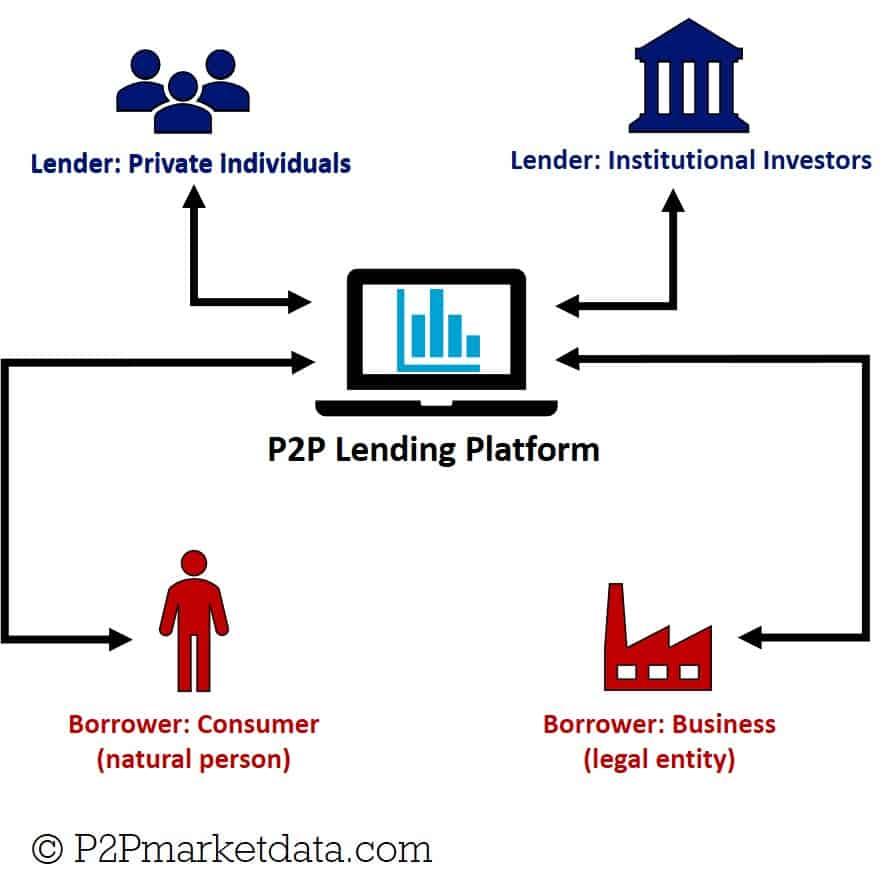In a rapidly evolving financial landscape, the lending industry stands at a pivotal crossroads, where traditional practices must adapt to meet the challenges and opportunities of the future. As technology advances and consumer expectations shift, the need for strategic foresight has never been more critical for lending businesses. “Future-Proofing Your Lending Business: Strategic Shifts Ahead” delves into the essential transformations that lenders must undertake to not only survive but thrive in an increasingly competitive environment. From embracing digital innovations to rethinking customer engagement, this article explores the foundational strategies that will enable lending institutions to navigate uncertainty and emerge resilient, agile, and well-equipped for the demands of tomorrow’s market. Join us as we unravel the key shifts that will shape the future of lending and provide insights to help your business stay ahead of the curve.
Embracing Digital Transformation for Enhanced Customer Experience
The pace of technological innovation is reshaping how lending businesses interact with customers, compelling organizations to integrate digital solutions that not only streamline operations but also enrich client experiences. By harnessing advanced technologies like artificial intelligence and machine learning, lenders can gain invaluable insights into customer behavior, preferences, and needs. This data-driven approach allows businesses to offer personalized product recommendations, timely communications, and enhanced service delivery that resonate with individual clients.
To ensure success in this evolving landscape, lending institutions should focus on several key strategies:
- Investing in omnichannel platforms: Deliver consistent experiences across all customer touchpoints.
- Utilizing data analytics: Gain deeper insights into customer trends and tailor services accordingly.
- Streamlining application processes: Implement easy-to-navigate online platforms that reduce friction in the lending journey.
| Technology | Benefit |
|---|---|
| AI-Powered Chatbots | 24/7 customer support and instant responses. |
| Cloud Computing | Scalable solutions for data storage and accessibility. |
| Blockchain | Increased security and transparency in transactions. |

Navigating Regulatory Changes: Strategies for Compliance and Agility
As regulatory landscapes evolve, maintaining compliance while ensuring operational agility is paramount for the lending industry. Businesses should embrace a proactive approach to compliance by establishing a robust framework that integrates regulatory changes into their strategic planning. This framework should include:
- Regular training and updates to keep staff informed about new regulations and compliance procedures.
- Implementing technology solutions that streamline compliance processes and reduce human error.
- Establishing a compliance culture that emphasizes ethical lending practices and accountability.
Furthermore, a dynamic risk management strategy can enhance a lending business’s ability to adapt swiftly to changing regulations. By employing key metrics to monitor regulatory trends, companies can stay ahead of potential challenges. Consider the following strategies:
| Strategy | Description |
|---|---|
| Scenario Planning | Evaluate potential regulatory changes and their impact on operations. |
| Stakeholder Engagement | Work with industry groups to gain insights on upcoming regulations. |
| Flexible Policy Frameworks | Adopt adaptable policies that can be easily modified as new regulations emerge. |

Leveraging Data Analytics to Drive Decision-Making and Risk Management
In the rapidly evolving lending landscape, utilizing data analytics is paramount for making well-informed decisions and effectively managing risk. By harnessing advanced analytical tools, lending institutions can identify patterns in borrower behavior, assess creditworthiness more accurately, and predict potential defaults before they happen. This proactive approach allows organizations to tailor their lending strategies, ensuring that they align with market demands and reduce exposure to financial losses. Implementing predictive analytics can enhance your risk assessment processes, leading to a more resilient and competitive business model.
Moreover, integrating real-time data analytics provides a comprehensive overview of economic indicators and market trends, equipping lenders to pivot their operations swiftly. Key advantages include:
- Enhanced Customer Insights: Understand your clients’ needs through behavioral analytics.
- Improved Operational Efficiency: Streamline processes by making data-driven decisions.
- Dynamic Risk Scoring: Adjust risk models based on the latest data inputs.
To visualize the potential impact of these strategies, consider the following table showcasing the correlation between data analytics integration and credit risk mitigation:
| Data Analytics Strategy | Impact on Risk Mitigation |
|---|---|
| Predictive Modeling | 65% Reduction in Default Rates |
| Real-Time Monitoring | 50% Faster Response to Distress Signals |
| Behavioral Analytics | Increase in Client Retention by 30% |

Fostering Innovation through Collaborative Partnerships and Ecosystem Development
In today’s fast-paced financial landscape, the traditional lending business model must evolve to stay relevant. By cultivating collaborative partnerships with fintech innovators, regulatory bodies, and community organizations, industry players can harness a wealth of knowledge and resources. This not only enriches the service offerings but also leads to mutual growth and shared success. Establishing such connections allows for the integration of cutting-edge technologies that streamline processes, enhance customer engagement, and reduce operational costs. Key areas for partnership exploration might include:
- Technology Collaboration: Working with tech firms to implement AI-driven credit scoring systems.
- Regulatory Synergy: Engaging with regulators to co-create frameworks that support innovation.
- Community Initiatives: Partnering with local organizations to improve financial literacy and inclusivity.
Moreover, developing an ecosystem that fosters innovation requires a strategic approach that prioritizes adaptability and resilience. Aligning with stakeholders from various sectors can amplify the capacity for experimentation and agility, enabling organizations to respond quickly to market demands. A well-structured ecosystem will include:
| Key Element | Description |
|---|---|
| Incubation Programs | Support startups with mentorship and resources to develop new lending solutions. |
| Shared Platforms | Create a digital infrastructure for seamless collaboration and data sharing. |
| Innovation Labs | Establish spaces where teams experiment with emerging technologies and ideas. |
The Way Forward
As we conclude our exploration of future-proofing your lending business, it’s clear that the landscape is evolving at an unprecedented pace. Embracing strategic shifts not only positions your organization to navigate the complexities of tomorrow but also empowers you to lead in a dynamic environment. By harnessing technology, fostering innovation, and prioritizing customer experience, you can build a resilient foundation that withstands the test of time.
Adapting to change is not merely a reaction, but a proactive strategy that allows you to seize new opportunities and mitigate risks. As we move forward, remember that the lending industry is not static; it thrives on progress and transformation. So, equip yourself with the insights shared here, initiate thoughtful conversations within your team, and take deliberate steps towards a future where your lending business not only survives but thrives. The journey ahead is filled with possibilities—embrace them with an open mind and a willingness to evolve. Your path to success starts now.
